Kyoto is the spiritual capital of tea in Japan. Tea ceremony, known as chanoyu or sado, is a highly formal and stylized ritual emphasizing harmony, respect, purity, and tranquillity. Kyoto is where Sen no Rikyu, the founder of the modern tea ceremony, lived and worked. As a result, Kyoto has a long and rich history of tea ceremonies and continues to be a major center for the practice today.
And if you're only visiting Japan once or twice, then partaking in a traditional tea ceremony is a must. These tea houses provide a tranquil setting for guests to experience the art of tea preparation and serving, offering a glimpse into the rich cultural heritage of Japan.
Check our list of tea ceremony experiences in Kyoto to try them yourself.
The History of Tea Ceremony in Japan
Tea has existed in Japan since the 8th century when it was brought over from China. In the 12th century, a Zen Buddhist monk named Eisai introduced a new style of tea drinking called chanoyu, or "the way of tea." This style emphasized simplicity and rusticity in the preparation and presentation of tea. The tea ceremony became increasingly popular in Japan during the Edo Period (1603–1868). The tea ceremony was also adopted by the samurai class, who saw it as a way to develop their spiritual and aesthetic sensibilities. The tea ceremony is still practised in Japan today. It's seen as a way to appreciate the beauty of nature, foster a sense of community, and achieve personal enlightenment.
The Material Culture of Japanese Tea Ceremony
The utensils and bowls used in the Japanese tea ceremony are carefully selected for their beauty and craftsmanship. They're often made from natural materials like bamboo, wood, and ceramic. The most important utensils are the chasen (tea whisk), chashaku (tea scoop), chawan (tea bowl), and natsume (tea caddy). Matcha, a finely ground powdered green tea, is made from the same leaves as other green teas, but it's processed differently. Matcha is a very concentrated tea with a unique flavor and intensity that you won't find in other teas. For more info, try this comprehensive guide to the different types of Japanese teas.
Wagashi (traditional Japanese sweets) are eaten just before the tea is served, as the sweet taste helps counteract the matcha's rich bitterness. Popular sweets like yatsuhashi and manju are commonly used.
Best 7 Tea Houses in Kyoto
1. Sakura Tea Ceremony (Nakagyo)
At Sakura Tea Ceremony, you'll be guided by a licensed Japanese tea ceremony instructor to acquire the skill and grasp the essence of Japanese tea ceremony etiquette, putting your newfound knowledge into practice. Adding a delectable touch to this experience is a selection of Japanese sweets from an esteemed, historically significant sweet shop specializing in tea ceremony treats. These treats, meticulously crafted from the finest sugars, offer a gluten-free and vegan delight that's accessible to all.
As a cherished takeaway, you'll receive a compact booklet that delves deeper into the intricacies of the tea ceremony, enhancing your understanding and appreciation of this revered cultural practice.
2. Fukujuen Kyoto Main Store (Nijo)
Fukujuen Kyoto Main Store is a well-known tea brand with over 200 years of establishment. They offer tea ceremony lectures and workshops, such as making hand-rolled tea, grinding matcha in a stone mill, and making and painting ceramic tea utensils.
3. Bikouen (Kita Ward)
Bikouen is a 5th-generation Japanese tea house in Kyoto that offers tea ceremony classes, including the samurai tea ceremony of the Yabunouchi school. They have multilingual translations available (English, Japanese, Cantonese, Mandarin), making this location one of the most accessible on this list. Bikouen is located off the beaten path, so it is a great place to experience a traditional Japanese tea ceremony without crowds.
4. Ichiriki Chaya (Gion)
Ichiriki Chaya is the most exclusive venue for tea in Kyoto — in fact, you'll need an invitation to attend any events here. A chaya is an exclusive tea house with geisha entertainment and high-end dinners, and, as expected, experiences here are pricey. Still, speaking in terms of the memories you'll make, they are priceless.
If you can't partake, you can walk past the outside of the venue for free. Then, choose from this list of recommended spots for the best dinner in Kyoto instead.
5. Hakusasonso Hashimoto Kansetsu Garden and Museum
Embark on a journey that combines Japanese art, nature, history, and culture. Your tea ceremony host is Junko Sophie Kakizaki, who intricately unveils the nation's beauty and depth through the time-honored practice of the tea ceremony. As the descendent of a samurai family with nearly 900 years of history, she carries on a proud family legacy of dedication and contribution to Japanese culture.
This experience takes place at Hakusasonso Hashimoto Kansetsu Garden and Museum in Kyoto. The venue is a testament to the seamless fusion of art, culture, and nature. It was once the residence of Hashimoto Kansetsu, a distinguished Nihonga painter who was one of the most influential artistic figures of the 20th century.
6. Uji Municipal Tea House Taihoan (Uji)
Uji Municipal Tea House Taihoan is located near the famous sightseeing spot, Byodoin Hoodo. You can participate in an authentic tea ceremony and learn about Uji tea, a product of Uji City. Like Shizuoka Prefecture, Uji City is one of Japan's leading tea production areas. An annual tea festival is held in Uji every October, so if you're travelling in the fall, this might be worth the trip out of Kyoto City.
7. Okochi Sanso Gardens & Tea Room (Arashiyama)
Okochi Sanso Gardens & Tea Room was originally the home of the Japanese actor and film director Denjiro Okochi (1898–1962). It's located in a secluded area of the garden and offers a peaceful and tranquil setting for enjoying a cup of tea. Don’t miss it as you make your way through the Arashiyama bamboo grove!
8. Camellia (Higashiyama)
Located in busy Ninenzaka, a popular shopping street downhill from Kiyomizu-dera Temple, Camellia offers a serene escape from the crowds. Enjoy a seasonal sweet and learn how to prepare your bowl of matcha using a bamboo whisk. The quiet ceremony and delicious matcha will leave you feeling peaceful and refreshed.
Other Ways to Experience Tea in Kyoto
There are many ways to experience tea in Kyoto. You can visit a tea plantation to learn about the different types of tea that are grown in Japan and see how tea is made. Try this Kyoto tea town tour for matcha lovers as a start. Or this hands-on tea-picking experience in Uji City. You can also sign up for a tea tasting to try different kinds of tea and learn about their flavors and aromas.
Japanese Tea Ceremony: What to Expect
During a Japanese tea ceremony, it's essential to observe proper etiquette. Dress appropriately, and remember to remove your shoes before entering the tea room. Entering the tea room barefoot is considered rude, so bring clean socks. Refrain from touching anything without permission, as the tea room and its utensils are considered sacred. Be mindful of your body language, avoiding fidgeting or making loud noises. Finally, remember to express gratitude to the host for the tea, acknowledging their efforts and hospitality.
The tea ceremony is a ritualized event that's meant to be a peaceful and meditative experience. Each element of the ceremony stimulates the five senses. Use your sight and touch to appreciate the design and the texture of the chawan. Breathe in deeply the scent of the matcha and let the sounds of the chashaku being whisked against the bowl fill you with peace and serenity.
 Tokyo
Tokyo Osaka
Osaka Kyoto
Kyoto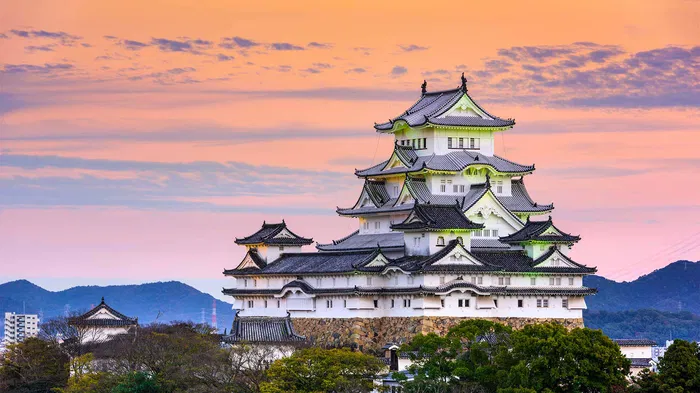 Hyogo
Hyogo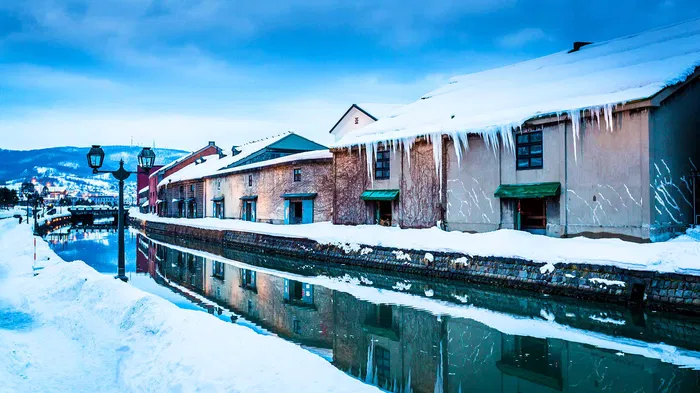 Hokkaido
Hokkaido Nara
Nara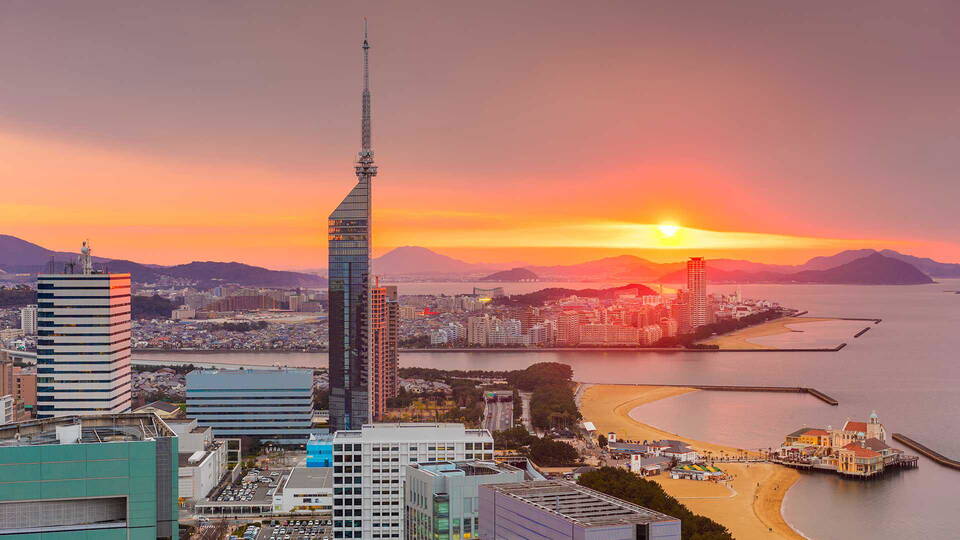 Fukuoka
Fukuoka Hiroshima
Hiroshima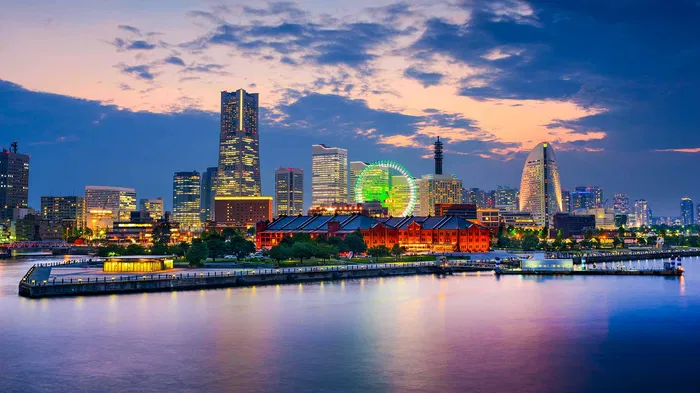 Kanagawa
Kanagawa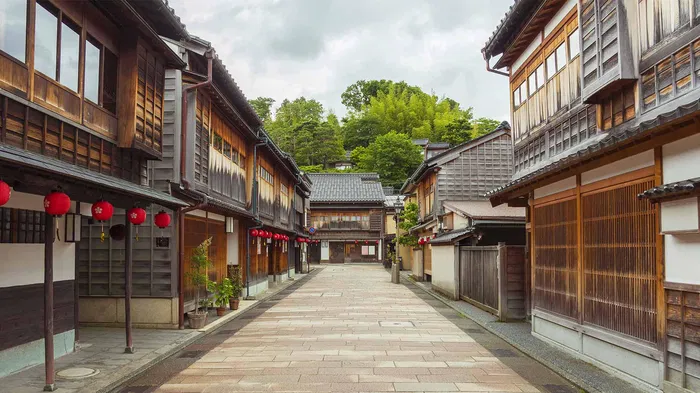 Ishikawa
Ishikawa Florence
Florence Paris
Paris Rome
Rome Porto
Porto Barcelona
Barcelona New York
New York Venice
Venice Madrid
Madrid Marrakesh
Marrakesh Istanbul
Istanbul